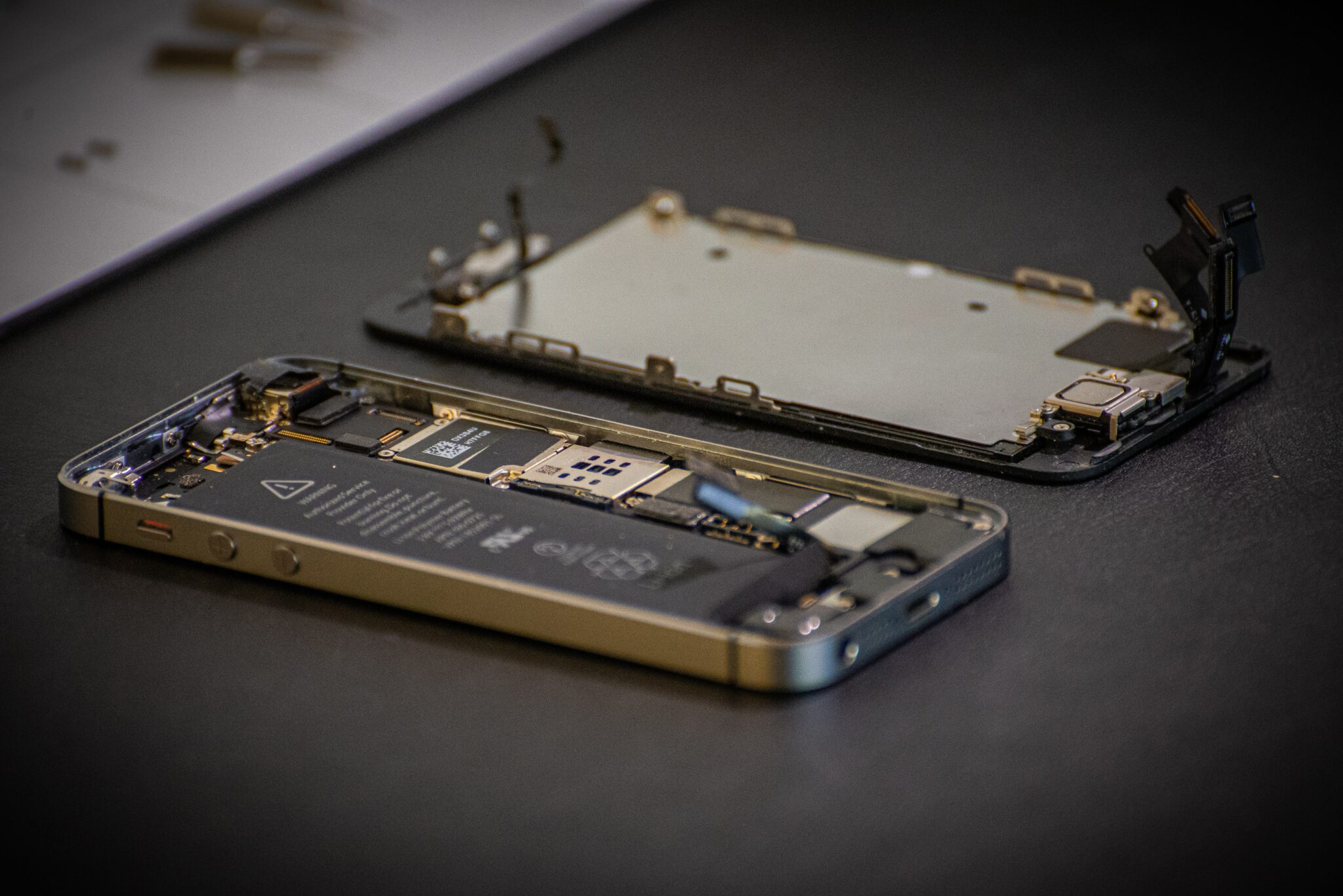
Late last year, we reported that Apple would soon give you the tools and spare parts required to repair your iPhone by yourself under the new Self Service Repair Program. After several months, the company has finally kicked off the program with an online Self Service Repair Store providing several components required to repair the iPhone 12, iPhone 13, and iPhone SE 3.
To perform any repair, customers must first consult the repair manual for their iPhone and the specific repair on Apple’s support website. Then, they will be able to order the required parts from the Self Service Repair online store. Additionally, the company will include optional rental kits that contain all the necessary tools to complete the repair.
Customers will be allowed to keep the $49 rental kit for one week before shipping it back to Apple for free. A rental kit is an excellent option for customers who don’t foresee additional use for the included tools.

Apple’s website specifies that the rental kits come in two sizes, one weighing 43 pounds and the other 36 pounds. The cases used to ship the repair components are rather large and have wheels for transportation. Some parts are included by default in each case, such as a battery and display press, protective covers, and screwdrivers. Customers will receive tools designed specifically for their iPhone model. Moreover, all the replacement parts share pricing with their listings on the Independent Repair Provider Program store, so DIY fixers are essentially getting parts at “wholesale” rates.
That said, iFixit highlights that the Self Service Repair program has some glaring caveats. For starters, you cannot just purchase critical parts from the online store without providing a valid device serial number or IMEI. After the repair is complete, you will also have to pair the mended part with the iPhone IMEI you entered during checkout via an over-the-air configurator tool. Apple says the tool will be available in the parts store shortly. This system’s most significant disadvantage is that refurbishers won’t be able to restore iPhones even if they have original spare parts borrowed from other phones at their disposal. This puts an unspoken expiration date on iPhones, in a way.
Essentially, Apple’s Self Service Repair program has restrictions in place, so it doesn’t align with the ideals of the Right to Repair legislation gathering steam around the world. However, the iPhone maker explains that it has started the Self Service Repair program in the US, and it has plans to expand to Europe later this year. More devices will also be supported in due course.
Although this is a step in the right direction, iPhones aren’t the most accessible devices to repair, regularly scoring low on iFixit’s repairability index. So, we wouldn’t suggest you attempt repairs yourself unless you have prior experience working with microelectronics.
The company suggests that a “vast majority” of customers should still visit Apple Authorised Service Providers and Apple Stores for repairs if they aren’t confident doing the work themselves.
Are you looking forward to repairing an iPhone yourself? Tell us in the comments section below.
